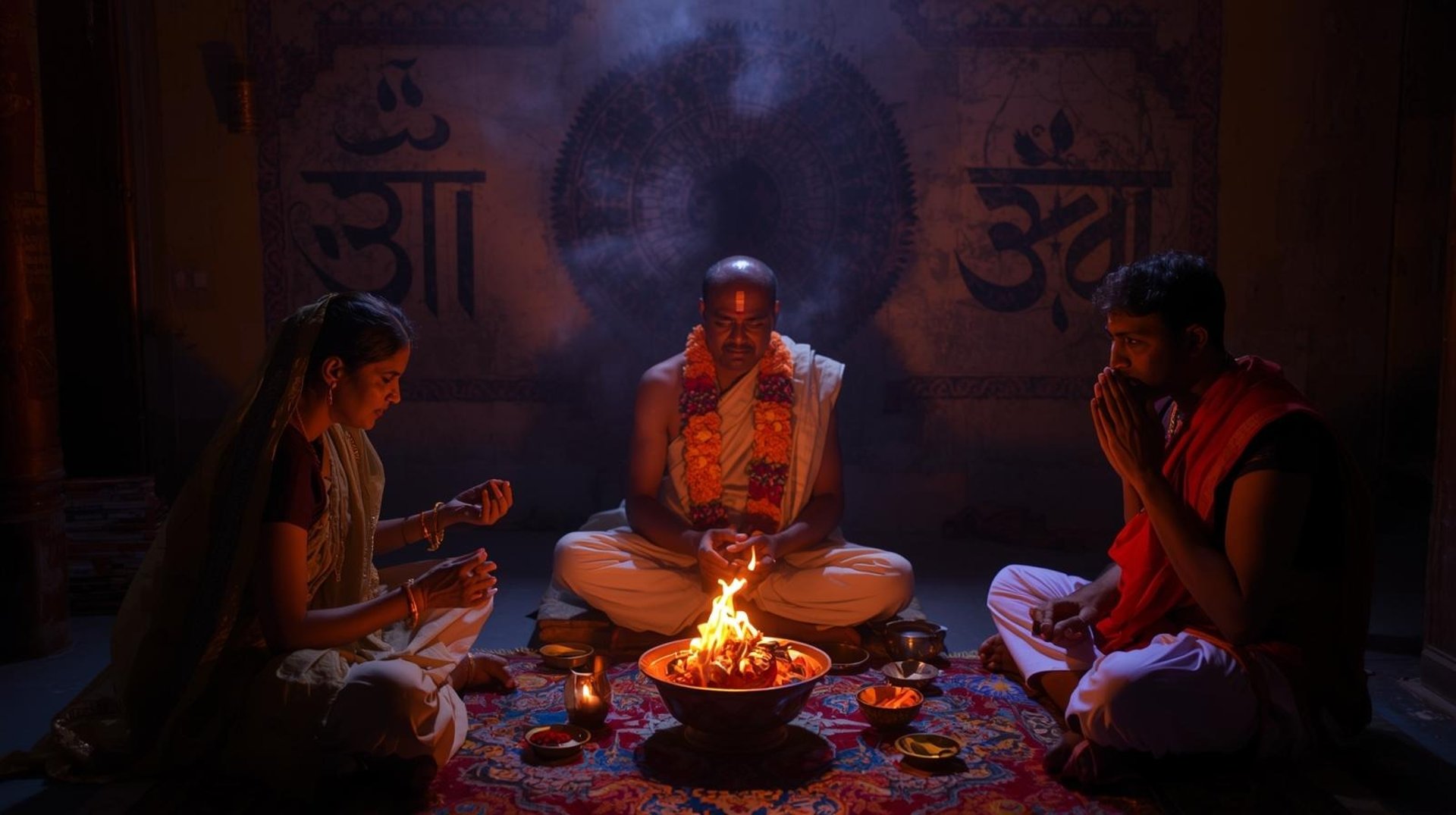
Pind Daan
Pind Daan (पिंड दान) is a sacred Hindu ritual performed to honor and offer peace to the souls of deceased ancestors. It’s a key part of Śrāddha karma, which expresses gratitude toward one’s forefathers and helps their souls attain moksha (liberation) or a better rebirth.
Pind Daan (पिंड दान) is a sacred Hindu ritual performed to honor and offer peace to the souls of deceased ancestors. It’s a key part of Śrāddha karma, which expresses gratitude toward one’s forefathers and helps their souls attain moksha (liberation) or a better rebirth.
Here’s a detailed overview:
Meaning of Pind Daan
“Pind” means a round ball made of rice, barley flour, sesame seeds, and honey — symbolizing the physical body of the departed soul.
“Daan” means offering or donation.
Together, Pind Daan means offering of food or body to the ancestors.
Purpose
To ensure the soul of the departed finds peace and moves to the next realm.
To free the family from pitru dosha (ancestral karmic imbalance).
To express love, gratitude, and duty (shraddha) toward one’s ancestors.
To continue the spiritual lineage (gotra) and maintain harmony between living and ancestral realms.
When It’s Performed
Usually done after death, on:
The 10th, 11th, or 12th day (during the funeral rites), or
Annually on the death anniversary (tithi), or
During Pitru Paksha (15-day period in the Hindu lunar month of Bhadrapada / Ashwin, usually September–October), dedicated to ancestors.
Ritual Procedure (General Outline)
Purification – The person performing the ritual (usually the eldest son or a close male relative) takes a holy bath and wears clean clothes.
Invocation – A Brahmin priest chants mantras to invite the ancestors (pitras).
Pind Preparation – Pinds are made using cooked rice, black sesame, barley flour, and ghee.
Offering (Daan) – Pinds are placed on kusha grass and offered along with water (tarpan) to the ancestors, reciting their names and gotra.
Feeding – Cows, crows, and Brahmins are fed as symbolic messengers to the ancestors.
Charity – Donations of food, clothes, and money are made to Brahmins or the needy.
Important Places for Pind Daan
These sacred sites are believed to help ancestors attain salvation:
Gaya, Bihar – Most famous; associated with Lord Vishnu granting salvation to souls.
Haridwar, Varanasi (Kashi), Prayagraj (Triveni Sangam) – Uttar Pradesh.
Rameswaram – Tamil Nadu.
Badrinath and Nashik (Panchavati) – also popular.
Symbolism
The ritual symbolizes transforming grief into peace and continuity — accepting death as part of the eternal cycle of samsara.
It’s believed that neglecting Pind Daan may cause unrest to the souls of ancestors and difficulties for descendants.
Would you like me to describe how Pind Daan is performed in Gaya (the most famous location) — including the specific rituals and significance of each step?